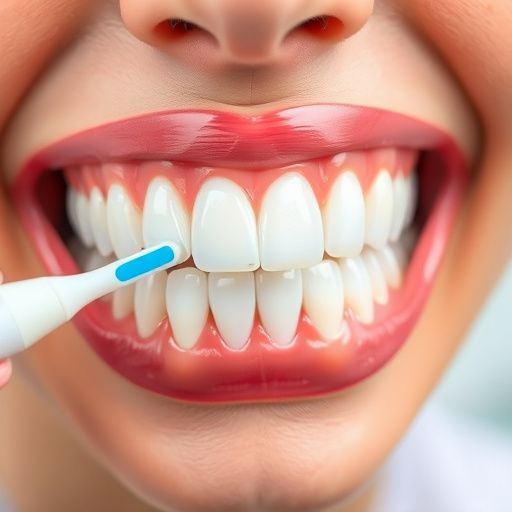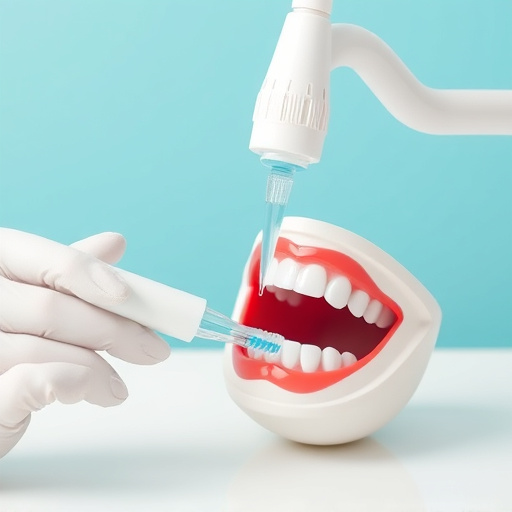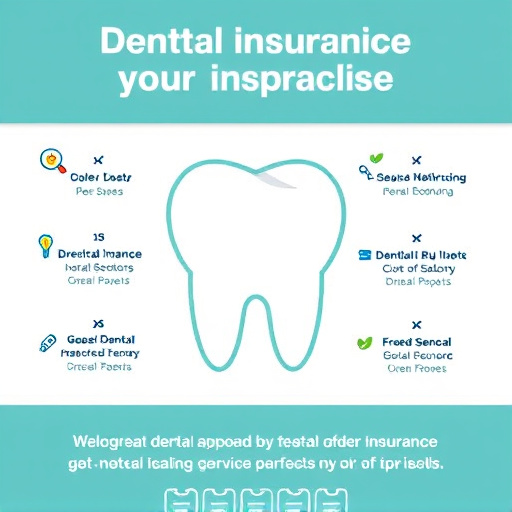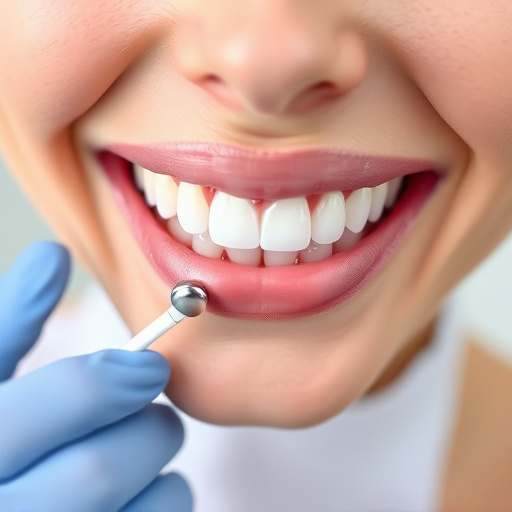Gum inflammation, driven by poor oral hygiene, impacts overall well-being through symptoms like bleeding gums, swelling, and bad breath. Deep cleaning treatments, offered by family dentistry experts, target plaque and tartar buildup below the gumline to prevent progression to tooth decay and conditions like periodontitis. This comprehensive procedure begins with an assessment, followed by scaling and root planing, potentially lifting gums for deeper cleaning, culminating in a final rinse, polish, and fluoride treatment to maintain optimal oral health.
Deep cleaning treatment has emerged as a powerful ally in the battle against gum inflammation, offering lasting relief and improved oral health. This condition, often characterized by swelling, redness, and bleeding gums, can be caused by various factors, from plaque buildup to systemic diseases. In this article, we’ll explore understanding gum inflammation, the critical role of deep cleaning treatment in its relief, and provide a step-by-step guide to ensure a comprehensive oral care routine.
- Understanding Gum Inflammation: Causes and Symptoms
- The Role of Deep Cleaning Treatment in Relief
- Step-by-Step Guide to a Comprehensive Deep Cleaning Routine
Understanding Gum Inflammation: Causes and Symptoms

Gum inflammation, a common dental issue, can significantly impact oral health and overall well-being. It is characterized by redness, swelling, and discomfort in the gums, often indicating an underlying problem. Various factors contribute to this condition, making it essential for individuals to recognize its causes and symptoms. One of the primary triggers is poor oral hygiene, where plaque buildup along the gumline can lead to inflammation over time.
Symptoms may include bleeding gums during brushing or flossing, tender and swollen gums, and even bad breath. In some cases, gum inflammation can progress, causing pain, sensitivity, and potential tooth decay. Regular dental check-ups are crucial for early detection, with general dentistry professionals offering guidance on proper oral care routines. Even children’s dentistry practices emphasize the importance of maintaining healthy gums from a young age, sometimes even recommending preventive measures like tooth extractions if necessary, to avoid more severe complications in adulthood.
The Role of Deep Cleaning Treatment in Relief

Deep cleaning treatment plays a pivotal role in providing relief from gum inflammation. This advanced procedure goes beyond routine cleaning, targeting deep-seated plaque and tartar buildup that often accumulates below the gumline. By thoroughly removing these irritants, deep cleaning helps reduce inflammation, promotes healing, and prevents further dental issues such as periodontitis.
Incorporating deep cleaning treatment into your comprehensive dental care regimen is a proactive step towards maintaining optimal oral health. Unlike regular brushing and flossing which primarily address surface stains and plaque, deep cleaning delves deeper to cleanse the intricate crevices where gum inflammation often starts. This meticulous process, offered by family dentistry experts, also paves the way for healthier teeth and gums, even enhancing the possibility of successful dental implants if needed.
Step-by-Step Guide to a Comprehensive Deep Cleaning Routine
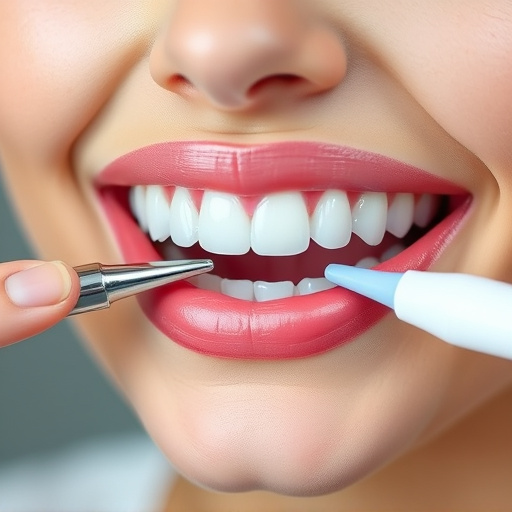
A deep cleaning treatment is a comprehensive approach to addressing gum inflammation, going beyond a typical routine oral exam and clean. Here’s a step-by-step guide for a deep cleaning routine:
1. Preparation: Schedule your appointment with your dentist or dental hygienist. Before the session, ensure you inform them about any dental fillings, clear aligners, or other oral care devices you use to provide the best treatment plan. Maintain a regular routine of brushing twice daily and flossing once a day to prepare your mouth for the deep cleaning process.
2. Initial Assessment: The professional will begin by examining your gums and teeth. They’ll check for any signs of inflammation, bleeding, or plaque buildup. This step is crucial as it helps tailor the deep cleaning treatment to your specific needs. A dental hygienist will use specialized tools to remove plaque and tartar above and below the gumline, addressing areas that regular brushing and flossing might miss.
3. Scaling and Root Planing: This involves thoroughly cleaning the surfaces of your teeth and roots, eliminating deep calculus deposits and stimulating the gums. Scaling removes plaque and tartar from the visible parts of your teeth while root planing targets the harder deposits below the gumline.
4. Flap Removal and Cleaning (If Necessary): In cases of severe gum inflammation or periodontitis, a dental professional might need to temporarily lift your gums (known as flap removal) for deeper cleaning. This allows them to access and clean the spaces between your teeth and gums, promoting better oral health.
5. Final Rinse and Polishing: Once all plaque and tartar are removed, your dentist or hygienist will rinse the area and polish your teeth to leave them feeling smooth and clean. They might also apply a fluoride treatment to strengthen your tooth enamel and protect against future cavities.
Deep cleaning treatment emerges as a powerful ally in alleviating gum inflammation, addressing its root causes and symptoms effectively. By removing plaque buildup and tartar deposits, this treatment offers a comprehensive solution for maintaining oral health. Adopting a consistent deep cleaning routine, guided by the provided steps, empowers individuals to take control of their periodontal well-being and enjoy the long-lasting benefits of healthy gums.









